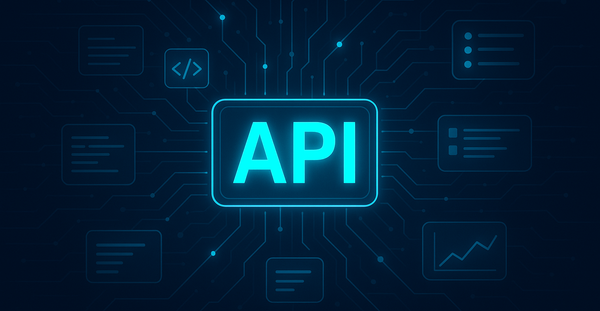A quick hot take on JPM’s API fees
It probably doesn’t matter

On Friday (of course it was a Friday), JPMorgan announced that they would begin charging fintech companies fees to access customer data. There was no detail about the extent of these fees, but JPM generally isn’t known for leaving opportunities to make money on the table.
In some ways, this decision is not surprising at all. A giant business engaging in some basic, boring rent-seeking is pretty uninteresting. Comcast probably raised their prices a few Fridays ago, too.
Certainly, there’s a whiff of AI frenzy here, too. Legacy businesses are desperate to get some AI cash flowing their way, and “we have massive amounts of proprietary data that we can sell at a really high price to Anthropic” is a good pitch to investors. Sometimes this pitch even makes sense (e.g. if Reddit had done it before everyone trained on their website, it would’ve been a good idea). I am pretty skeptical that JPMorgan’s data is of much interest to LLM trainers, though. Most people’s financial data looks like everyone else’s, and training needs unique data. A million novels is a lot more valuable than a million credit card statements that all basically look the same.
Where this gets a little bit more interesting, though, is that it’s actually illegal. We may be living in an era of reduced enforcement (to put it mildly), but the rules still, like, exist. §1033 is still in effect, and the current administration’s attempt to invalidate it hasn’t yet made its way through the courts. So now we will all be tracking two legal cases: the Trump administration’s attempt to invalidate §1033 and whatever lawsuits come JPM’s way. Nothing is going to happen quickly, that’s for sure.
Where does all of this leave fintechs? I think in a position not much different from where they just were. These cases are going to take a long time to wind through courts, and “the cost of suing JPMorgan” sets an effective cap on how extreme these fees can be, amortized across the entire customer base of a company like Plaid. Things might get a little more expensive, but probably nothing earth-shattering and nothing that will destroy entire business models.
More substantively, LLMs have entirely upended the data aggregation landscape. If the banks charge unreasonable API fees, everyone can just scrape. It is difficult to emphasize how completely trivial LLMs have made screen scraping. Go to a site; take a screenshot; ask o4 for the coordinates of a button; click it. Last summer, I built a “pay my Amex bill” scraper for a talk I was giving. It took me an hour and 125 lines of Python. Someone who is actually, you know, good at software development could’ve done it in fifteen minutes. It took us days to build this stuff at Prism.
Besides, a return to scraping is probably good for innovation generally. Right now, most startups can’t get access to the big bank APIs even if they are willing to pay, and the APIs are very locked-down and limited. Judging by the quality of data offered by the big aggregators, these data aren’t very reliable, either. By limiting access to their APIs, the oligopoly of banks have created an intermediary oligopoly of aggregators who don’t add much value[1] but extract rents from most fintech startups to just pipe them raw API data.
If JPMorgan wants to shake things up, let’s do it! You can’t stop the signal.
They added a lot of value back in the scraping days, but being an API to an API is like being a pipe to a pipe; it’s just a linear translation of data from one format to another. Just build one pipe! ↩︎




